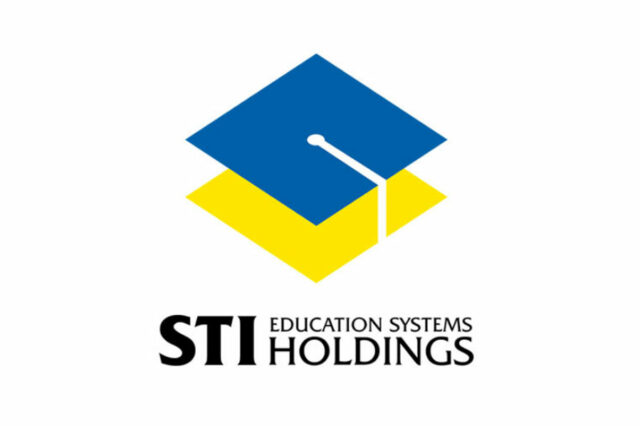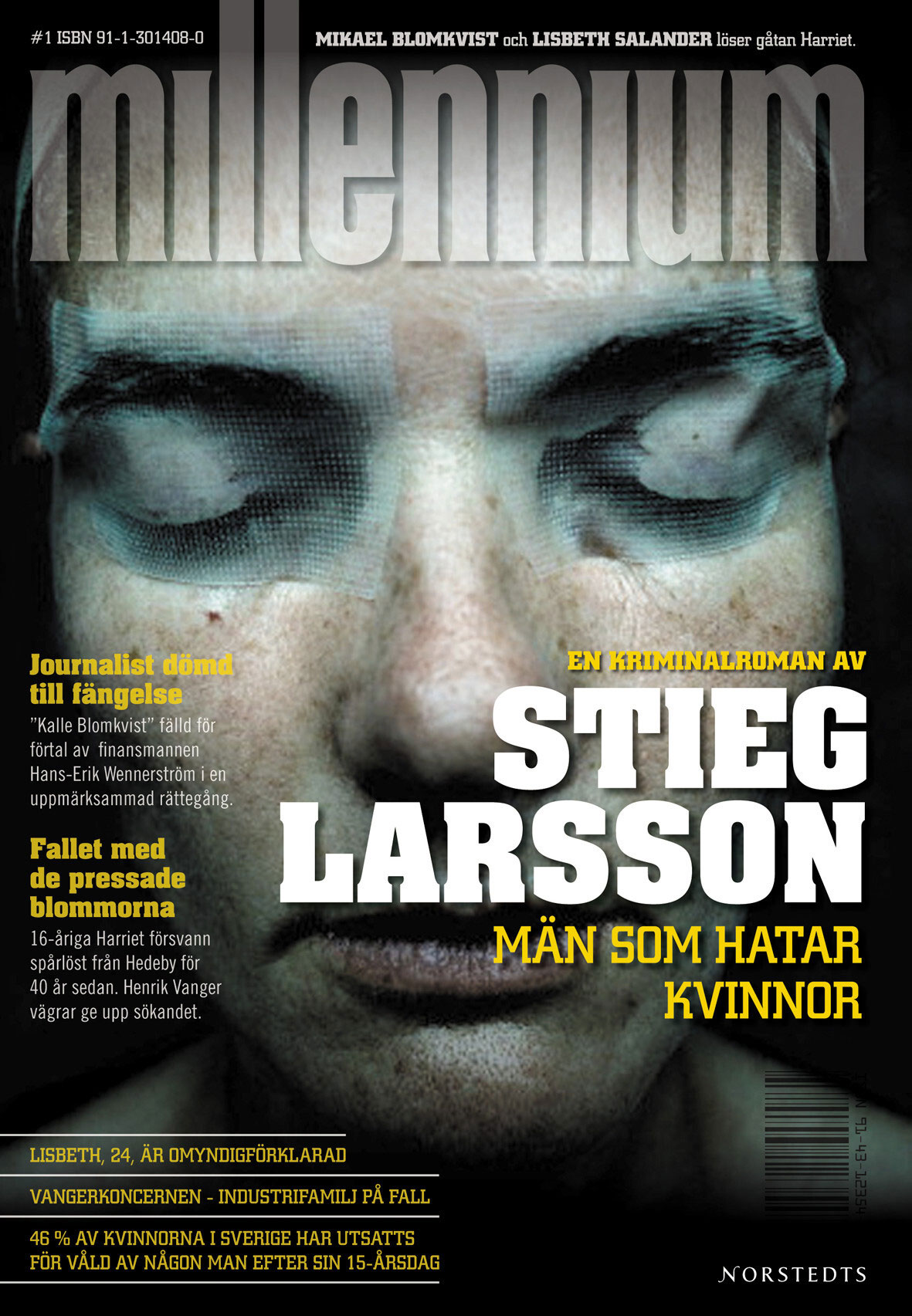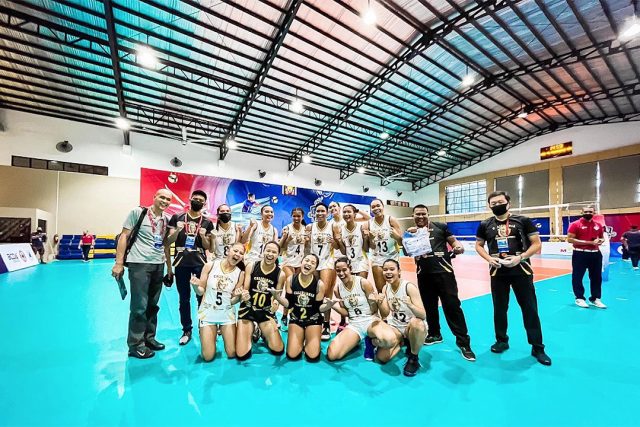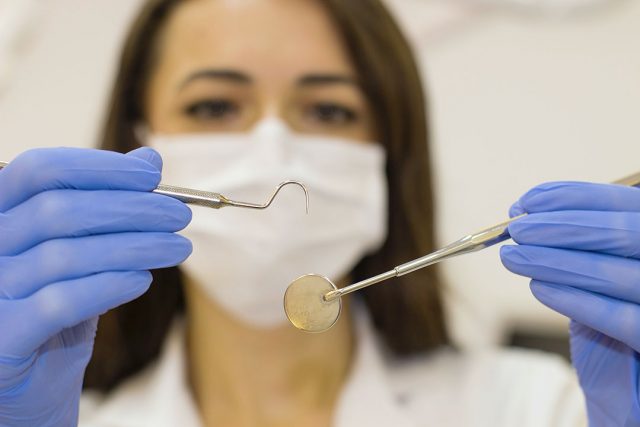Antibiotics are medicines that fight infections caused by bacteria; they do not work for viral infections such as coronavirus disease 2019 (COVID-19).
However, data collected by the US Centers for Disease Control and Prevention (CDC) show that patients with COVID-19 may be more susceptible to developing secondary bacterial infections while hospitalized. Such patients are given antibiotics to treat the secondary bacterial infection, also known as hospital-onset infections, and prevent complications.
Hospital-onset infections are more likely to be caused by antibiotic-resistant germs. According to the CDC, there have been sporadic antibiotic-resistant outbreaks in COVID-19 units and higher rates of hospital-onset infections in the US.
The agency warned that COVID-19 can create a perfect storm for antibiotic-resistant infections in healthcare settings. Pressures of the pandemic such as increased hospitalizations and PPE shortages lead to infection control lapses, which may influence the spread of germs in hospitals.
Nov. 18–24 is World Antimicrobial Awareness Week, an annual celebration which aims to increase awareness of global antimicrobial resistance and encourage best practices among the general public, health workers and policy makers to avoid the further emergence and spread of drug-resistant infections.
Antimicrobial resistance (AMR) occurs when bacteria, viruses, fungi, and parasites (microbes) no longer respond to medicines, making common infections harder to treat and increasing the risk of disease spread, severe illness and death.
Many factors have accelerated the threat of AMR worldwide —including overuse and misuse of medicines in humans, livestock and agriculture, as well as poor access to clean water, sanitation and hygiene, according to the World Health Organization (WHO).
Each year, a growing number of infectious pathogens causes the death of an estimated 700,000 people. AMR is increasing, posing a significant threat to people’s health, healthcare systems, and ultimately to economic development. Resistance to second and third-line antibiotics is expected to be 70% higher in 2030 compared to 2005 in OECD countries, and compromise many basic procedures of modern medicine, such as surgeries.
By 2050, around 10 million people could die annually due to AMR, without prompt and effective action as per The Pharmaceutical Industry and Global Health: Facts and Figures 2021 published by the International Federation of Pharmaceutical Manufacturers and Industry Associations.
Poor discovery prospects, combined with weaker returns, means that the arsenal of antibiotics is declining, having peaked in 2000. Approvals for new antibiotics have plummeted, while the number of antibiotics that become obsolete and lose its efficacy due to resistance exceeds new approvals.
Hence, AMR requires action across all government sectors and society. Given the growing public health and economic burdens posed by antimicrobial resistance, there is an urgent need to reinvigorate the antimicrobial pipeline. This is particularly critical given the long development times, approximately 10 to 15 years, for new medicines and vaccines.
Vaccines are a critical complementary tool to mitigate the threat of AMR. Vaccines prevent commonly-acquired bacterial infections, whose treatment would require antimicrobial medicines, reducing the opportunity for bacteria to develop resistance.
About 139 vaccines prevent viral infections, including COVID-19, which are often treated inappropriately with antibiotics, and which can also give rise to secondary infections that require antibiotic treatment.
Despite great challenges, around 100 life-sciences companies and associations globally are promoting research and development of new therapies to fight AMR, investing in various innovative R&D therapies, both antibiotic and non-antibiotic.
In July 2020, 23 biopharmaceutical companies partnered with nongovernmental stakeholders to respond to this urgent threat by launching a $1-billion AMR Action Fund with a goal of delivering up to 4 novel antibiotics by the end of the decade.
At a media forum with the Department of Health, Pharmaceutical and Healthcare Association of the Philippines (PHAP) President Dr. Beaver Tamesis said that pharmaceutical companies are also helping build data, partnering with healthcare professionals, and communicating to the public the value of fighting AMR before they become superbugs.
Dr. Tamesis, also the president of MSD in the Philippines, added that companies are also working with hospital infection control committees to develop systems and ensure that updated information on the hospital microbial environment is developed and cascaded to the necessary hospital personnel.
Further on the ground, PHAP members involved in the retail of medicines also continuously conduct training and re-training of frontliners — pharmacists and pharmacy assistants — in the dispensing of antibiotics. Patient education is also being carried out to ensure the appropriate use of these lifesaving medicines.
Teodoro B. Padilla is the executive director of Pharmaceutical and Healthcare Association of the Philippines (PHAP), which represents the biopharmaceutical medicines and vaccines industry in the country. Its members are at the forefront of research and development efforts for COVID-19 and other diseases that affect Filipinos.
















